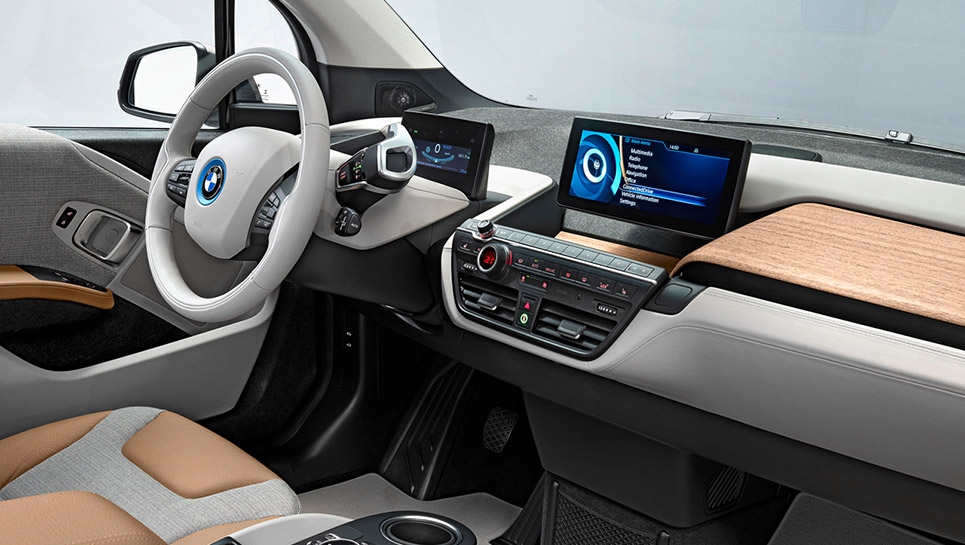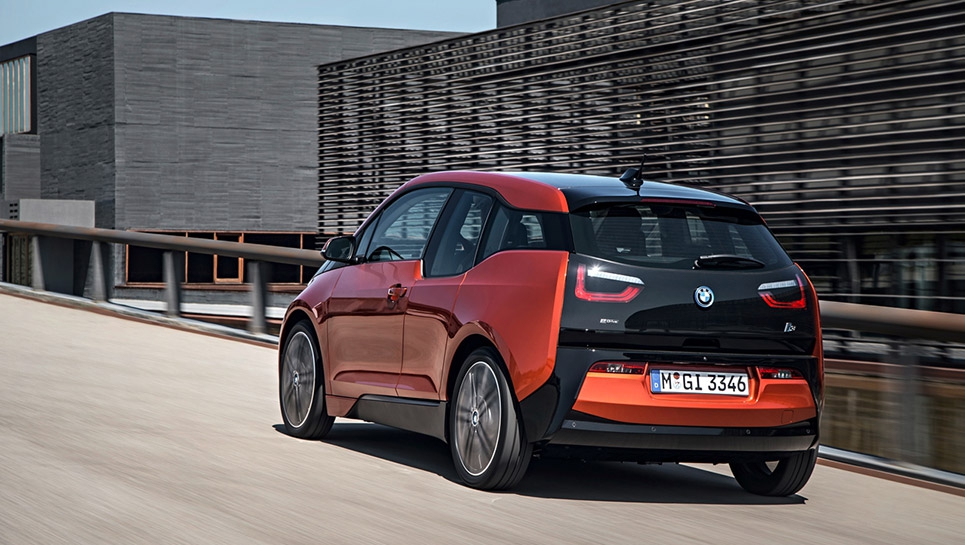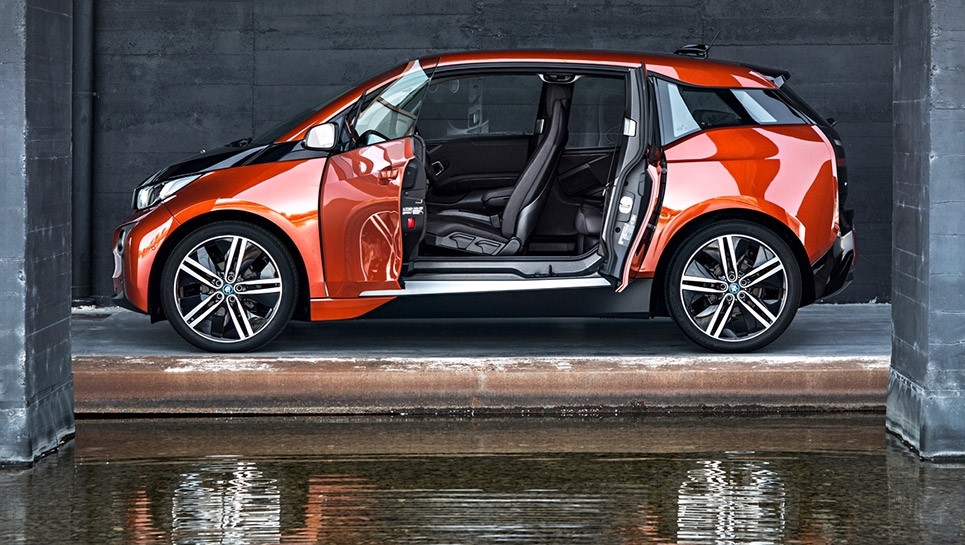BMW has introduced a new all-electric car that shakes things up in a relatively big way. Hailed by the automaker as ushering “a new era for electro-mobility,” it’s a purpose-built electric vehicle that puts sustainability at the forefront.
Designed as an electric vehicle from the onset, the car showcases a veritable treasure trove of new technologies that led to a completely unique vehicle layout. BMW is calling this LifeDrive, a specially-engineered architecture consisting of two main components: the Life Module and the Drive Module.
The Life Module refers to the i3’s pillar-less passenger cell that’s constructed from a CFRP monocoque. This material is supposedly tougher than steel, all while being 30 percent lighter than aluminum, making for one durable yet lightweight ride. The Drive Module, basically, stands for the chassis and everything it houses, including the electric drivetrain, the 22kWh battery module, the 5-link rear suspension system, and all the structural and crash components. Every single component in the Drive Module is constructed from 100 percent aluminum.
The BMW i3’s motor produces 170 horsepower and 184 pound-feet of torque, with a top speed of 93 mph and a 0 to 60 single-gear acceleration of 7 seconds. On real world use, it’s expected to have a range of up to 100 miles, with the battery able to fill up on three hours of standard charging and just 30 minutes with the optional SAE DC Combo Fast Charger. They also offer an optional 34-hp, 650cc two-cylinder generator for range extension if you need a way to ensure you won’t stall out on the road. Other key features include an ultra-light turning radius of 32.3 feet, regenerative brakes, 19-inch light alloy wheels with all-season tires, adaptive full LED headlights and taillights, and an overall weight of 2,700 pounds.
Slated to go on sale Spring 2014, pricing for the BMW i3 starts at $41,350.




